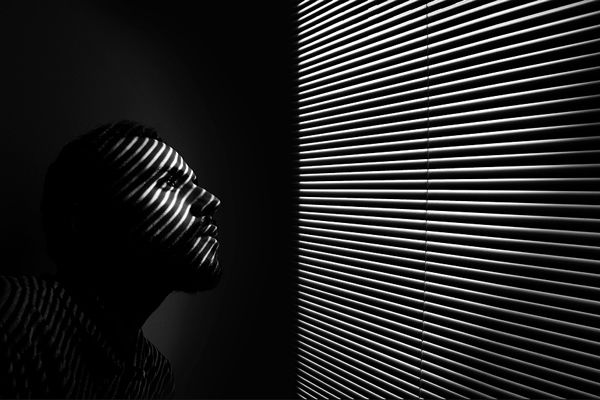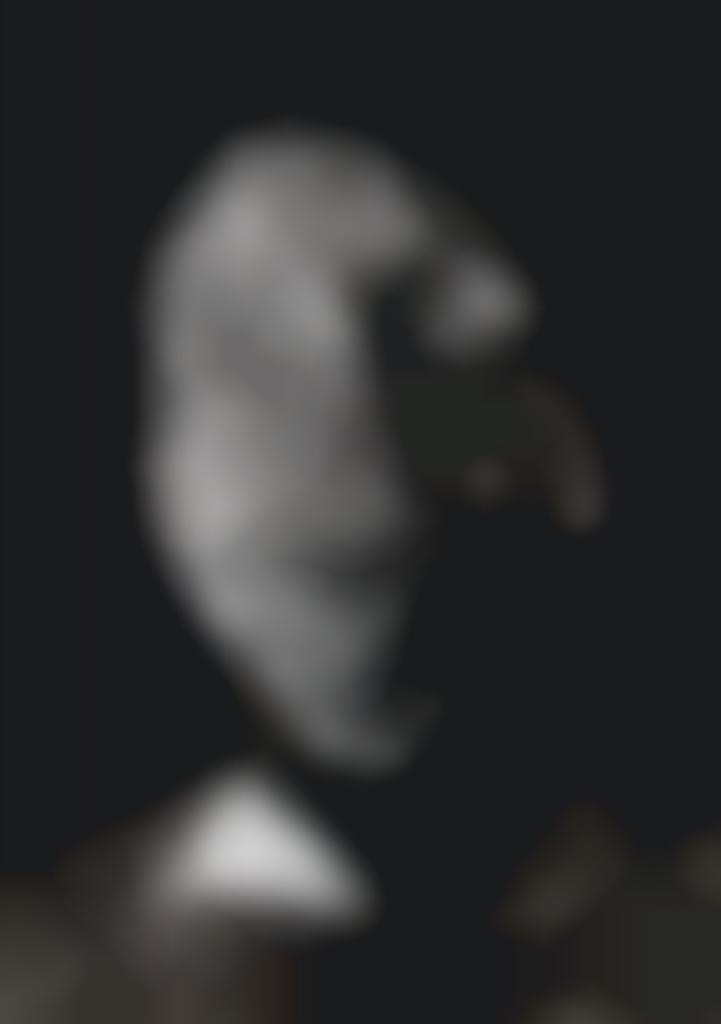

In today’s lesson we experimented with the use of natural lighting and shadows in photography and here is a contact sheet of the outcomes of the photoshoot my group carried out: in the first two images we experimented with the use of natural lighting casting on to one side of a persons face to illuminate that side in contrast with the other which s in darkness. This is very evident sand has worked out very well as you can see from the first image. We then used a reflector to bounce the light of sun on to the other side of the persons face which is the furthest from the source of natural light. This technique is used frequently in studio photography to get the best lighting as possible. In the second image you can notice that we have used the reflector as the other half of the model’s face is illuminated and the lighting is evenly sped out, however, you can still notice that the side of the face closest to the sun is the lighter part of her face. Doing this photoshoot today has helped me understand the use of natural lighting and how to enhance photos using particular techniques. I have also learnt that something as simple as a white piece of paper can be used an alternative to a professional reflector and that the best source of natural light is the sun.
In the other photographs, we wanted to experiment with shadows, especially shadows cast onto someone’s face and we found a barrier with holes in it which was allowing sun to be cast though them and it made for a great set up for a photo. We got our model to lie on the floor so that the pattern was being cast onto her face and to add character, she closed her eyes and lied her side so we could get side view. The outcome is really good and I now have a better knowledge about how to pull something like this off!




I also edited a couple of the images and in my opinion, this makes them look better and makes the pattern more a focal point and something to ask questions about due to the fact that I made them black and white – the contrast between the darker side compared to the illuminated side makes the circles bounce out at the viewer.


